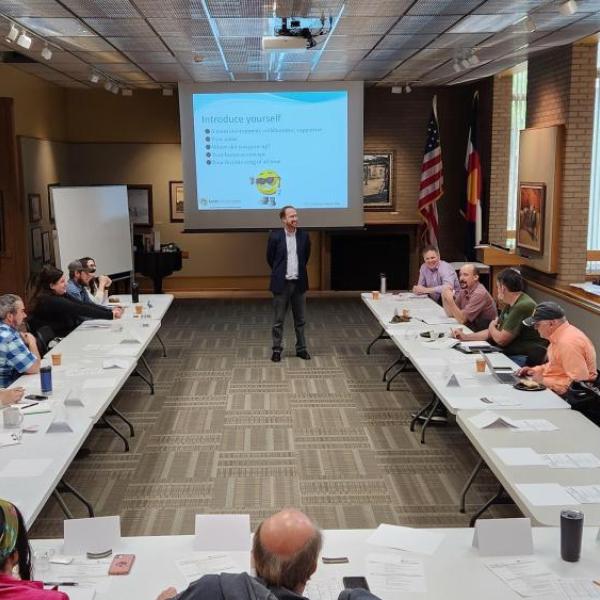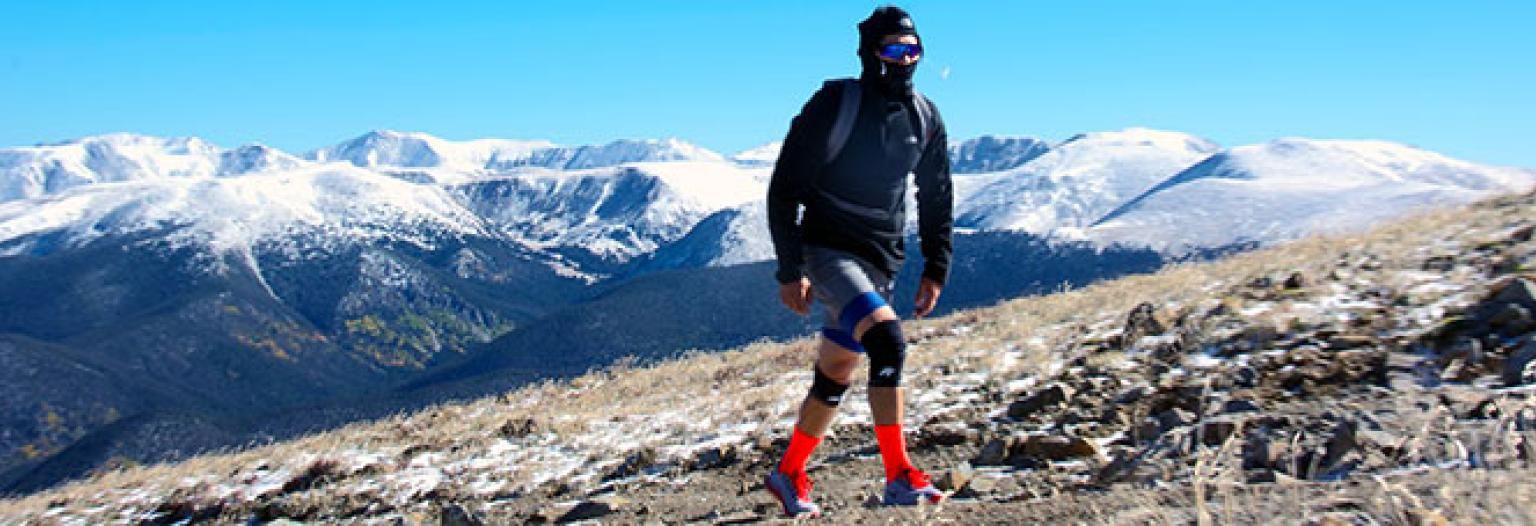
Dear Latrice,
We also love...
Nick | Denver, CO
That’s why we’re taking advantage of Colorado’s high altitude to study its effects on the human body.
Campus Location

Studies on the effects of altitude on humans have been conducted in Colorado since the early 20th century when English researchers arrived in the Rocky Mountains, seeking answers unavailable in the low-slung hills of Britain.
Decades later, CU’s Cardiovascular-Pulmonary (CVP) Lab pioneered studies on how humans and animals adjust to high altitudes, conducting research on Pike’s Peak, in Leadville, and on cattle ranches across the state.
Today, the University of Colorado Altitude Research Center, with an entire mountain range as its backyard laboratory, leads the nation in research, education, and patient care. The center collaborates with various institutions, including Centura Health and the Division of Pulmonary Sciences and Critical Care Medicine at the University of Colorado Anschutz School of Medicine. Together, they aim to answer long-standing questions about the long-term effects of living at high altitudes, particularly for those residing above 7,500 feet.
The High Altitude Research Center serves as a living laboratory, focusing on how altitude affects health and wellness. Most permanent high-altitude dwellers around the world, living at 7,000 feet, show excellent adaptation to these conditions. However, research suggests that this adaptation is closely linked to the duration of time spent at altitude and genetic factors.
Compared to other populations living at high altitudes, inhabitants of the Rocky Mountain region have lived at these elevations for the shortest time and are the least adapted. Consequently, little is known about the impact of altitude on health, particularly concerning high-altitude hypertension—a condition affecting 5-23% of the global population, potentially more common in the Colorado Rockies than elsewhere. The center's seminal study will focus on identifying the prevalence of pulmonary hypertension among Summit County’s full-time residents.
“There is no other center focused on all aspects,” says Ben Honigman, MD, an emergency medicine professor. “This is the ideal location. Colorado has the most people living above 5,000 feet, and nearly three-quarters of a million reside above 6,000 or 7,000 feet. Twenty million tourists visit each year.”
Center Director Rob Roach, PhD, highlights two main missions. “One is to research the fundamental medical and biological processes related to hypoxia,” he says. “The second is to connect health providers in isolated mountain towns with state-of-the-art research at CU.”
While CU researchers and clinicians have long been involved in altitude studies, the university's dominant role in the field is more recent.
In the 1980s, the Colorado Altitude Research Institute (CARI) in Summit County began studying the effects of hypoxia on people traveling to moderate elevations. Meanwhile, CU’s CVP researchers focused on those living in Colorado’s high country, Honigman says.
“Up until then, most altitude illness research was conducted at very high elevations,” says Honigman. “Many studies were done in the Himalayas or South America.”
When CARI closed due to lack of funding in the 1990s, CU expanded its work, leading to the opening of the Altitude Research Center in 2003. “If any place in the country should excel in hypoxia research, it’s the University of Colorado,” says Roach, an associate professor at the School of Medicine.
Center researchers have studied the effects of altitude on exercise, brain blood flow, and cardiovascular health in Colorado and on higher peaks such as the Himalayas and Andes.
Research has evolved from strictly physiological studies on hypoxia to exploring the molecular level, investigating which genes protect the body from hypoxia and why certain individuals are more susceptible to oxygen deprivation.
All four CU campuses are involved in hypoxia studies, as oxygen deprivation impacts various diseases and processes. To better coordinate these studies within and outside the university system, the center has begun an outreach tour, Roach says. For example, a recent partnership with a Summit County cardiologist seeking assistance with patients suffering from pulmonary hypertension is expected to benefit university clinicians, researchers, and patients in mountain communities.
“We connected him with CU experts,” says Roach. “They developed ideas for studies to improve diagnosis and treatment for his patients, while also providing CU researchers with a unique patient research base. It’s a win-win for everyone.”

